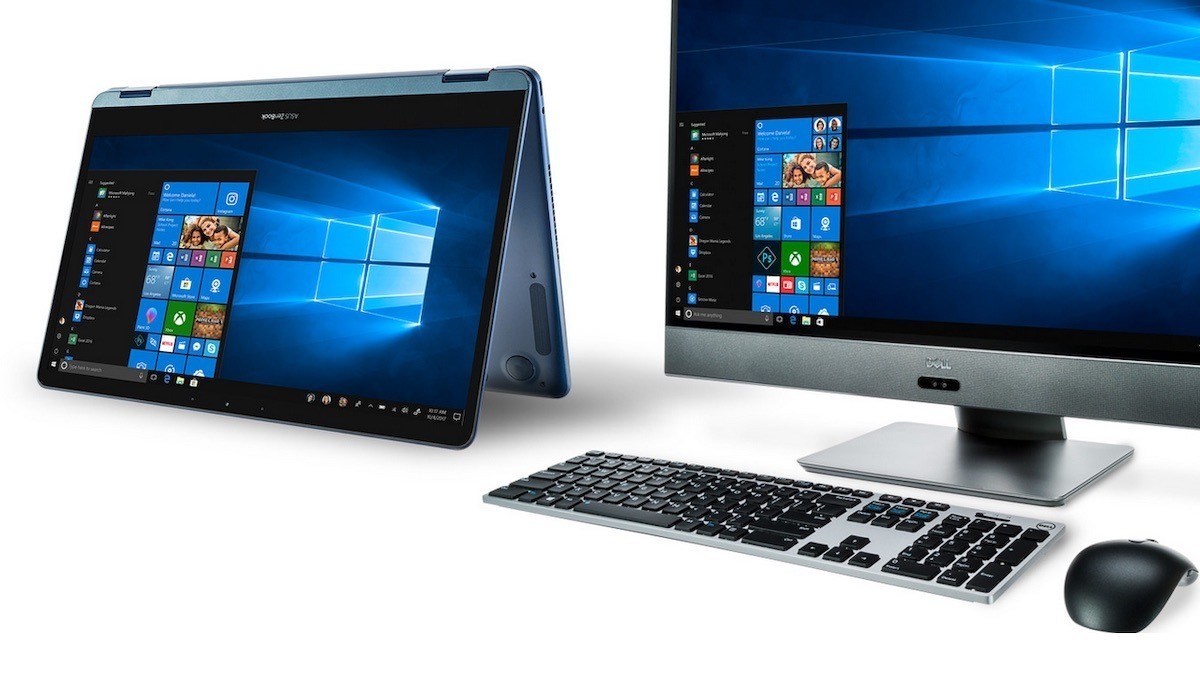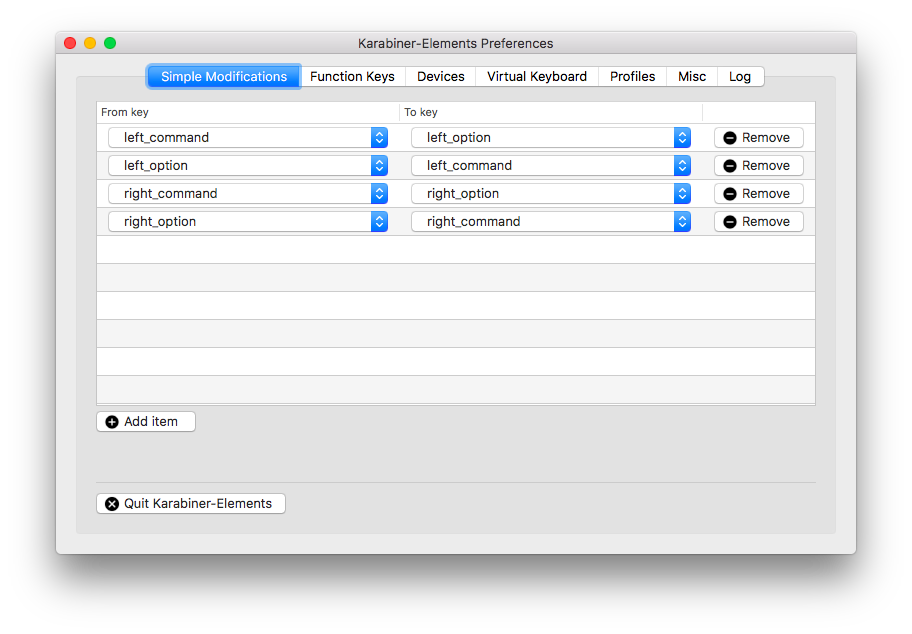

- #Mac osx sierra microsoft keyboard mapping how to#
- #Mac osx sierra microsoft keyboard mapping plus#
- #Mac osx sierra microsoft keyboard mapping mac#
- #Mac osx sierra microsoft keyboard mapping windows#
Type the menu command for which you want to create a new shortcut, like “Merge All Windows,” for example.If you want to use the same shortcut for multiple applications, select “All Applications.”.If you can’t find the app that you want on the list, choose “Other” then find the app by using the “Open” dialog (note that some apps do not allow users to create custom keyboard shortcuts).Choose the application for which you want to use the new keyboard shortcut.
#Mac osx sierra microsoft keyboard mapping plus#
Click on the “Add” button (the one with the plus icon).This works for system-wide commands however, you can also remap keys to perform certain functions while particular certain apps. Choose the new action that you want the modifier key to do when clicked on.Select the modifier key that the function of which you wish to change.To remap the modifier keys and assigned new key combinations for shortcuts, To remap the Function keys and change how they work,
#Mac osx sierra microsoft keyboard mapping mac#
If you are not happy with the default functions of your Function and Modifier keys, you can easily remap the keys on your Mac to assign keyboard shortcuts according to your specific needs and preferences.
#Mac osx sierra microsoft keyboard mapping how to#
SEE THE BEST PRICES ON NEW MACS ON AMAZON How to Remap Keys on Your Mac
Shift–Command–(?) which opens the “Help” menu. Command+Shift+I which connects you to your iDisk. Command+Shift+U which opens the “Utilities” folder. Command+Shift+A which opens the “Applications” folder. Command+Option+Space which opens the “Spotlight” menu. Command+W which closes the active windowĪside from being used as keyboard shortcuts for system-wide commands, modifier keys can also be used to execute application-specific commands like:. Command+O which opens the selected item.  Command+V which pastes items previously cut or copied. Command+Z which undoes a previous action. Command+M which minimizes the active window. Command+I which shows additional information about the currently selected item. Command+F which opens the “Find” dialog. Command+C which copies highlighted items. Command+A which selects all items in the active window. Some examples of commands that your modifier keys are assigned to perform by default are: Like Function keys, modifier keys also work as keyboard shortcuts to frequently used commands. SEE THE BEST PRICES ON NEW MACS ON AMAZON What Do Modifier Keys Do? **F5 and F6 has no specific function attached to it by default. *To use the traditional functions of the Function keys, you have to press F1 or F2 together with the Fn key. Pressing F12 shows or hide the dashboard.
Command+V which pastes items previously cut or copied. Command+Z which undoes a previous action. Command+M which minimizes the active window. Command+I which shows additional information about the currently selected item. Command+F which opens the “Find” dialog. Command+C which copies highlighted items. Command+A which selects all items in the active window. Some examples of commands that your modifier keys are assigned to perform by default are: Like Function keys, modifier keys also work as keyboard shortcuts to frequently used commands. SEE THE BEST PRICES ON NEW MACS ON AMAZON What Do Modifier Keys Do? **F5 and F6 has no specific function attached to it by default. *To use the traditional functions of the Function keys, you have to press F1 or F2 together with the Fn key. Pressing F12 shows or hide the dashboard. #Mac osx sierra microsoft keyboard mapping windows#
Pressing F11 hides all open windows and shows the desktop instead. Pressing F10 shows all open windows for the active application. Pressing F9 launches “Mission Control.”. Pressing F8 displays thumbnails of your current work spaces. Pressing F7 lets you rewind a video that you were watching. Pressing F4 gives you quick access to business, communication and Internet tools. Pressing F3 lets you switch to “Expose” view to see all running programs or apps. Traditionally, Function keys were designed to work as shortcuts to system-related commands usually buried under convoluted menus and submenus however, since they are not frequently used by the average user, Function keys have been increasingly remapped to provide quick access to basic customization tools (like brightness or volume control) although their traditional functions have not been completely removed but simply delegated to the backseat instead.*įor example, in the current Mac keyboard design, SEE THE BEST PRICES ON NEW MACS ON AMAZON What Do Function Keys Do? The modifier keys, on the other hand, are the sets of keys that you use in combination with another key to perform specific functions like the CMD, CTRL, Caps Lock, Shift, and Option keys. sun icon for brightness and speaker icon for volume). F1, F2, F3, etc.) or an icon that signifies what they do (e.g. The function keys are usually located at the top most part of your keyboard and are either marked with a letter F followed by a number (e.g. Among the sets of keys that the functions of which you can easily change and remap according to your needs are the function and modifier keys. 
You can modify the functions of some keys, but there are some that you cannot. There are several sets of keys on your Mac keyboard that perform individual functions. If you have a lot of unused keyboard shortcuts yourself and would like to replace their functions with something that you actually use, below is a guide on how to remap keys on your Mac. When Apple designed the MacBook keyboards, they were probably thinking of which commands we will be using the most when they assigned shortcuts to specific functions, but as with everything else that is being used by millions of people, actual usage does not always align with intended purpose, so many default keys are left unused while some missing keys remain desired.







 0 kommentar(er)
0 kommentar(er)
